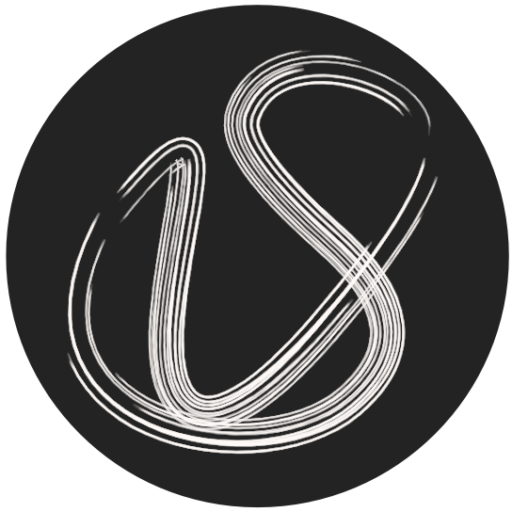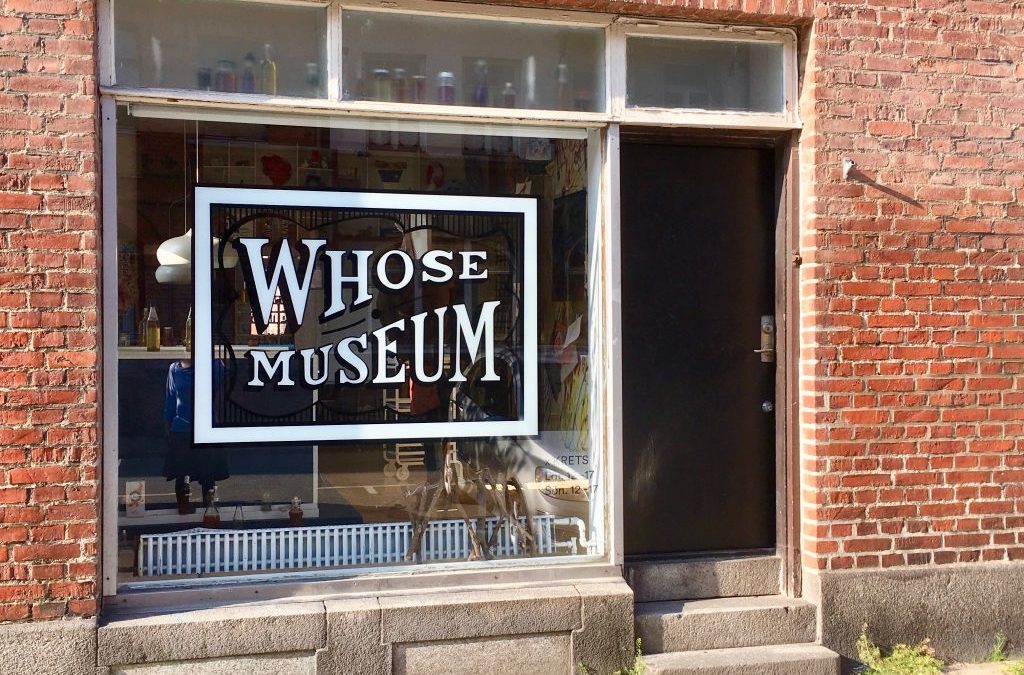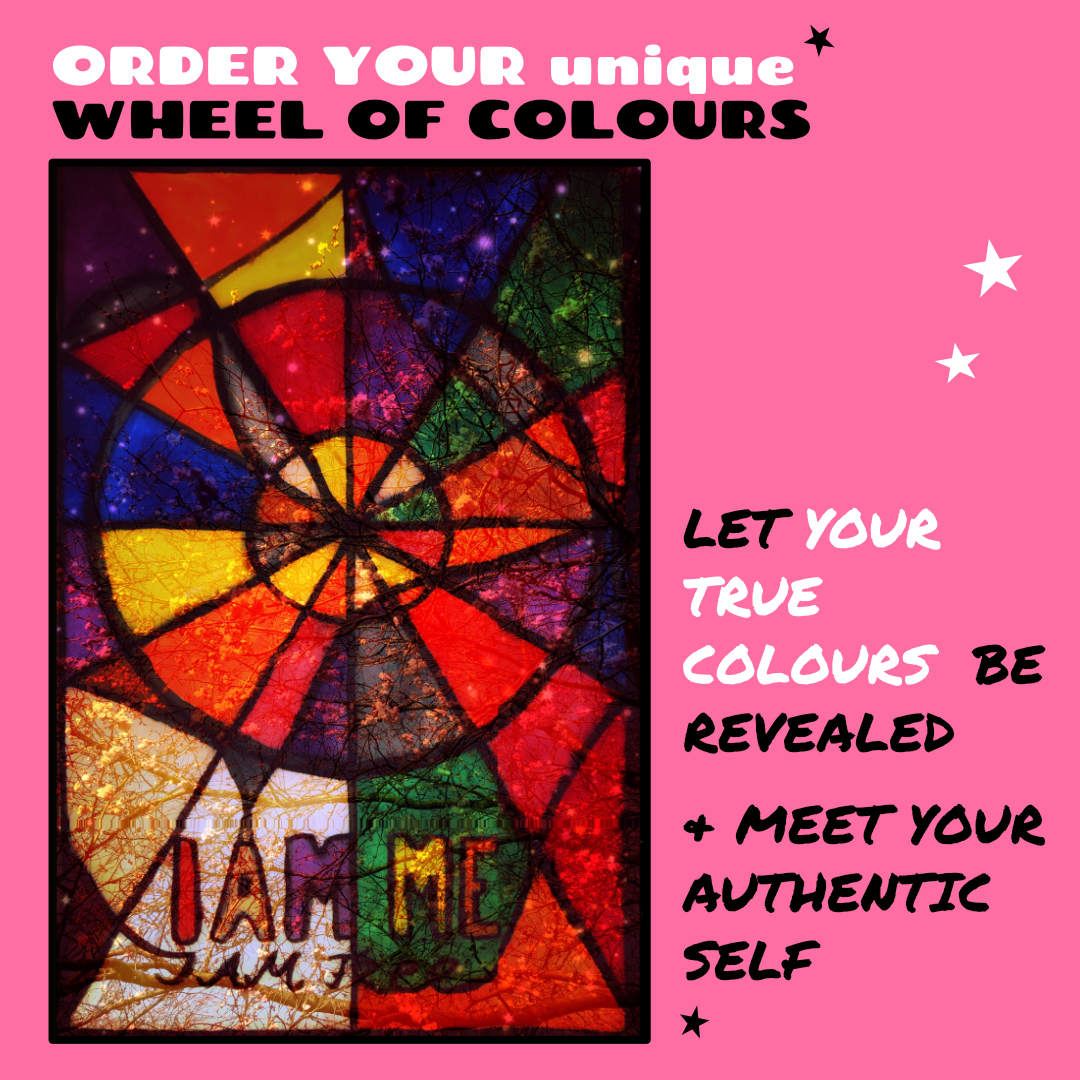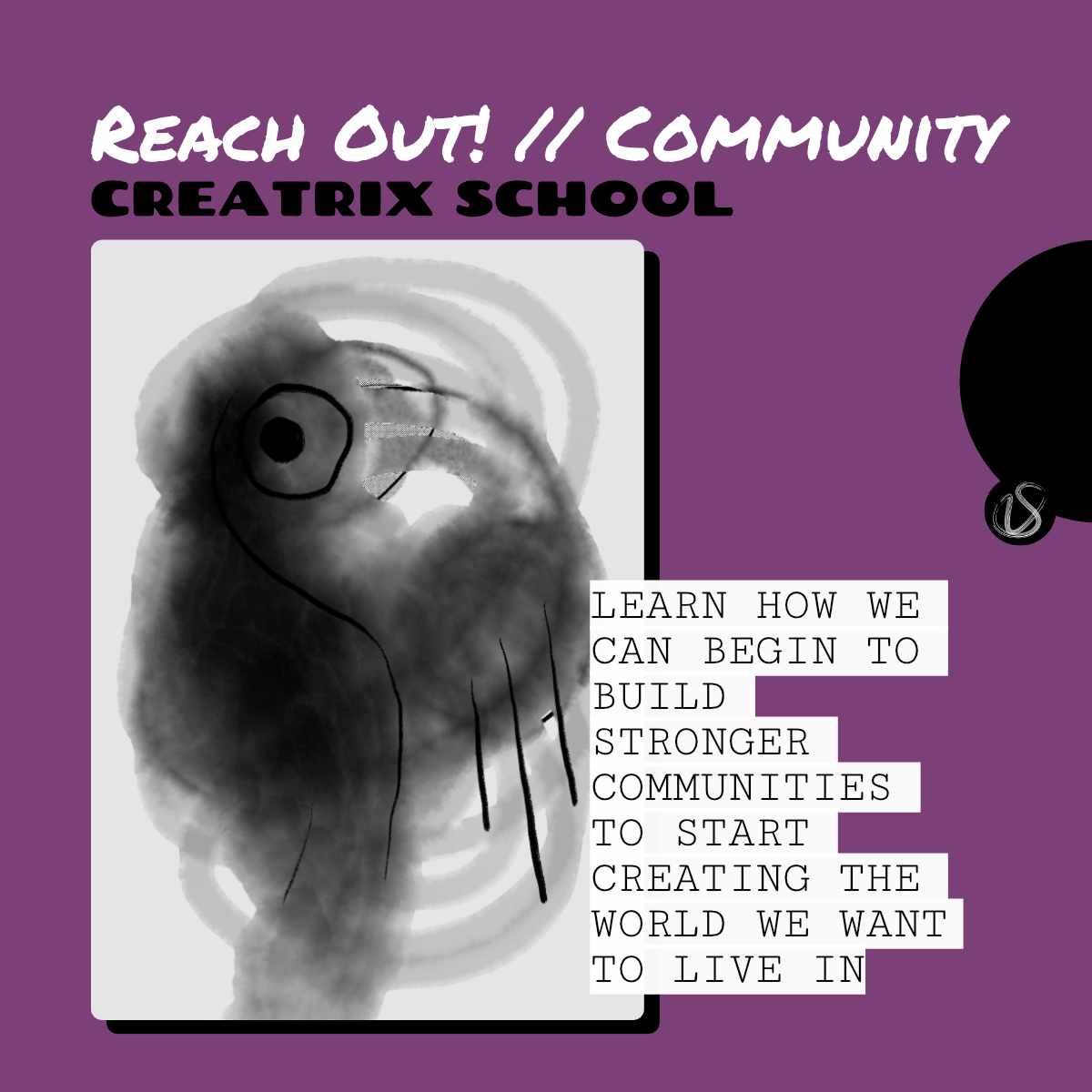Talk & Workshop: Queer Art?
Whose Museum Malmö, 2019
I can’t quite remember how the first contact was established. Let’s say sometime last year I received an email from Laura, telling me and Tom or Judy, my flat mate and dear friend, about the Whose Museum and asking if we were interested in curating one of five chapters for the Whose Museum @KRETS together.
The Whose Museum came into existence in 2008 when Laura was on tour. There was a lab coat, a costume made by a performance artist and drummer who went by Dr. Storey, which is now on display at the Whose Museum. Dr. Storey made the costume with the badges and asked audience members to donate random things to the collection, some more badges were added, but also different objects and drawings.
Since then the collection has grown to include hair, smells, a belt made out of a burned flag and much more. The Whose Museum had some short term exhibitions in basements, bars and courtyards, but is now for the first time set at KRETS, a gallery in Malmö, for a whole year.
Tom or Judy and I both immediately agreed to become part of this weird and extremely charming project, but decided to split our work up a bit. I would be representing TQU, bringing in some films from our short film nights and photos from a photo competition. Tom or Judy would create work from within the exhibition, and invite people to participate in a fashion show at KRETS, later making the work and fashion show into a film, which will then be represented on TQU. Together we form Chapter three of Whose Museum @KRETS, adding to the display of the amazing work of Alanna Lynch, Maria Wæhrens, Max Ockborn and others.
So in preparation for this exhibition I sent out a call for photo competition on Climate Change/Climate Crisis and received a selection of very thoughtful submissions. I picked seven of those to be printed and to become part of the exhibition at Whose Museum. We also printed handouts for people to read the background stories of the photos. You can find all of them and their stories on TQU.
We also picked a selection of films from our Short Film Nights in Berlin to be shown on a screen with headphones within the exhibition for the duration of this chapter. The program is about one hour all together and so far people have been visibly enjoying this opportunity, watching all or some of the films.
For the opening on Saturday, which to my delight was during the day and alcohol free, I gave a short talk about the work I do with TQU, how people can participate and the reasons why I think art and activism from queer perspectives can be (and might always have been) the most powerful.
Lots of lovely people came. We had good discussions about different topics, one standing out, about the question of using nation states in the context of TQU. I had written and thought a lot about that at one point when I started TQU, but it has slipped a bit into the back of my head over the course of time. So I’m very grateful for the reminder and hope to have more discussions around that, so that I, we, can find better solutions.
And as things always go, one of the participants knew one of the photographers in the exhibition, another had seen #TheGalleryProject in Prague two years ago and I’m sure there were more things overlapping that we just didn’t have enough time to find out about.
I’m very grateful for this wonderful experience and opportunity. Working with Laura was so pleasant and inspiring, I do hope we keep in touch as friends and that our projects can find ways to collaborate again in the future.
About Whose Museum
In 2008 a group of traveling musicians on a cross-Canada tour started the collection, with the help of a clown named Dr. Storey, who solicited donations from concert-goers. The idea was simple, anyone could donate anything to the collection by simply filling out a form with their submission.
Since then the collection has continued to expand and has been widely exhibited, traversing bars, galleries, sushi restaurants, shop windows, artist studios and backyards. The collection has been part of many exhibitions, events, and still-life drawing sessions. It has also been featured in a music video, show posters, paintings, photographs, album art, and magazines.
Initially the collection was cared for in archival storage boxes and an online searchable database, however the objects took on a life of their own, the database crashed and the objects broke out of their storage boxes. We soon found that the collection had become a body and member of our collective.
Whose Museum views its collection as permeable and in a constant state of flux. Items from the collection are sometimes altered by artists, traded or loaned with visitors to the museum. It has been eaten, made into sculptural installations and tattoos.



